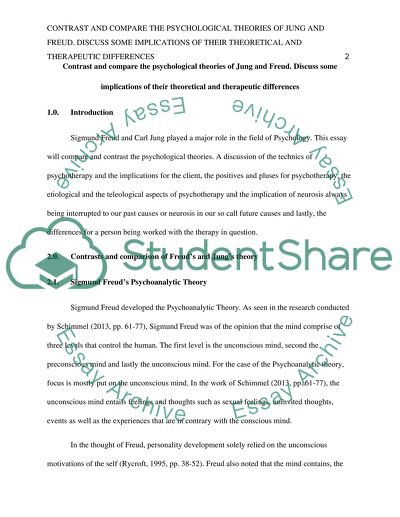Cite this document
(The Psychological Theories of Jung and Freud Coursework, n.d.)
The Psychological Theories of Jung and Freud Coursework. Retrieved from https://studentshare.org/psychology/1668325-contrast-and-compare-the-psychological-theories-of-jung-and-freud-discuss-some-implications-of-their-theoretical-and-therapeutic-differences
The Psychological Theories of Jung and Freud Coursework. Retrieved from https://studentshare.org/psychology/1668325-contrast-and-compare-the-psychological-theories-of-jung-and-freud-discuss-some-implications-of-their-theoretical-and-therapeutic-differences
(The Psychological Theories of Jung and Freud Coursework)
The Psychological Theories of Jung and Freud Coursework. https://studentshare.org/psychology/1668325-contrast-and-compare-the-psychological-theories-of-jung-and-freud-discuss-some-implications-of-their-theoretical-and-therapeutic-differences.
The Psychological Theories of Jung and Freud Coursework. https://studentshare.org/psychology/1668325-contrast-and-compare-the-psychological-theories-of-jung-and-freud-discuss-some-implications-of-their-theoretical-and-therapeutic-differences.
“The Psychological Theories of Jung and Freud Coursework”, n.d. https://studentshare.org/psychology/1668325-contrast-and-compare-the-psychological-theories-of-jung-and-freud-discuss-some-implications-of-their-theoretical-and-therapeutic-differences.


